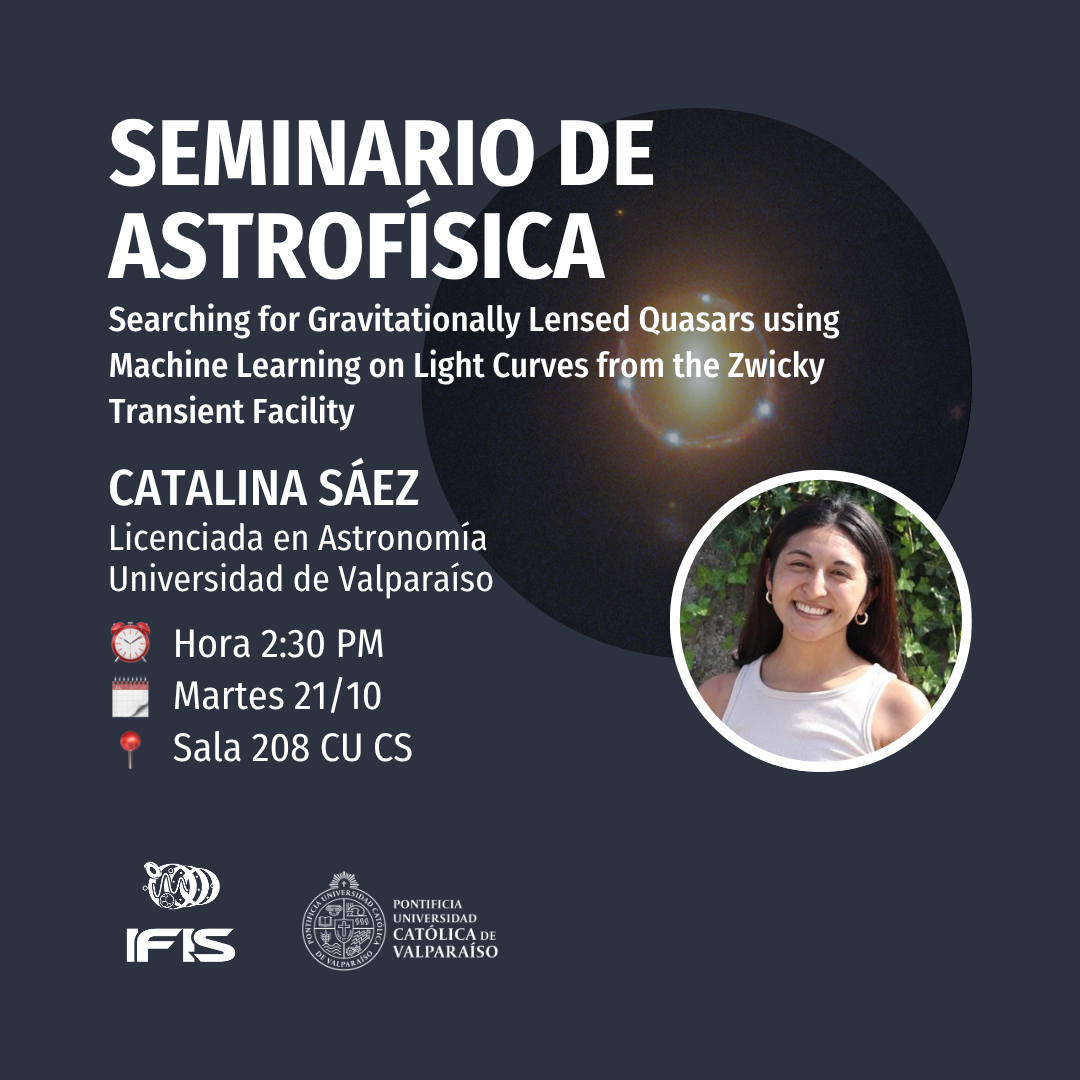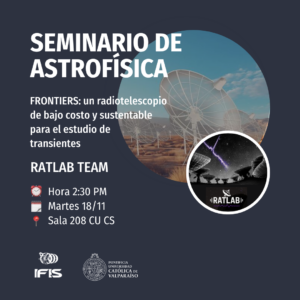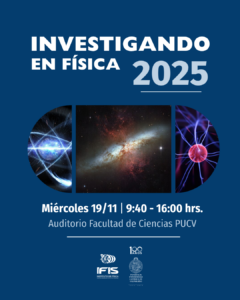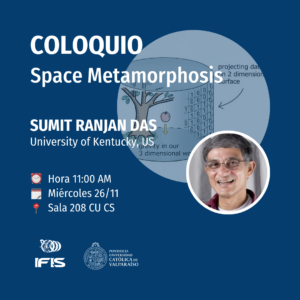
Seminario de Astrofísica en el IFIS. El próximo martes 21 de octubre, Catalina Saez, licenciada en astronomía de la Universidad de Valparaíso, presentará “Searching for Gravitationally Lensed Quasars using Machine Learning on Light Curves from the Zwicky Transient Facility”, desde las 14:30 hrs en la Sala 208 del Instituto de Física PUCV.
Revisa el abstract de la presentación:
Strong gravitational lensing of quasars (QSOs) provides valuable insights into galaxy evolution, cosmology, and the geometry of the Universe. With the advent of the Legacy Survey of Space and Time (LSST), expected to discover over 8,000 new lensed QSOs, scalable and automated identification methods are increasingly necessary. In this work, we propose a novel approach that integrates temporal variability from Zwicky Transient Facility Data Release 5 (ZTF DR5) light curves into the search for lensed QSOs. Building upon Sánchez-Sáez et al. (2021), we use latent features from a Variational Recurrent Autoencoder (VRAE) and variability features from the ALeRCE broker to train a Balanced Random Forest (BRF) classifier on a clean sample of 23,876 spectroscopically confirmed lensed QSOs, including 52 confirmed lenses from the Strong Lensing Database (SLED). The best model recovered all known lenses and, with a probability threshold of 0.75, identified 59 high-probability candidates. After visual inspection, 12 new promising candidates were found. Despite some misclassifications, our results highlight the potential of incorporating light-curve variability for efficient lens discovery. Future spectroscopic follow-up will be crucial to confirm these candidates and refine the model.
Extendemos la invitación a la comunidad PUCV y al público interesado.



